8 Suggestions For Garden Planting Plans
1. Seriously consider maintenance and choose suitable varieties
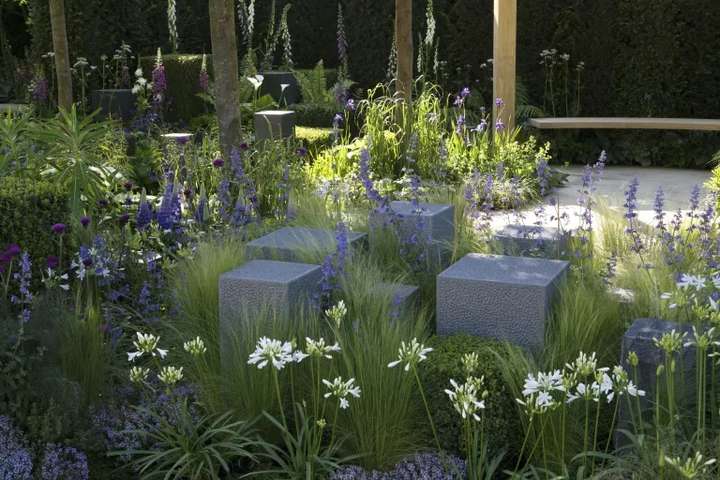
How much time do you have? For young families and full-time working families, plants in winter and summer, seasonal flowers, fruits, and vegetables are very time-consuming. Instead, there are bushes, neat conifers, ornamental grasses, and tough but colorful perennials. Once planted, everyone hardly needs to spend too much energy to take care of.
2. Choose a planting theme for your garden
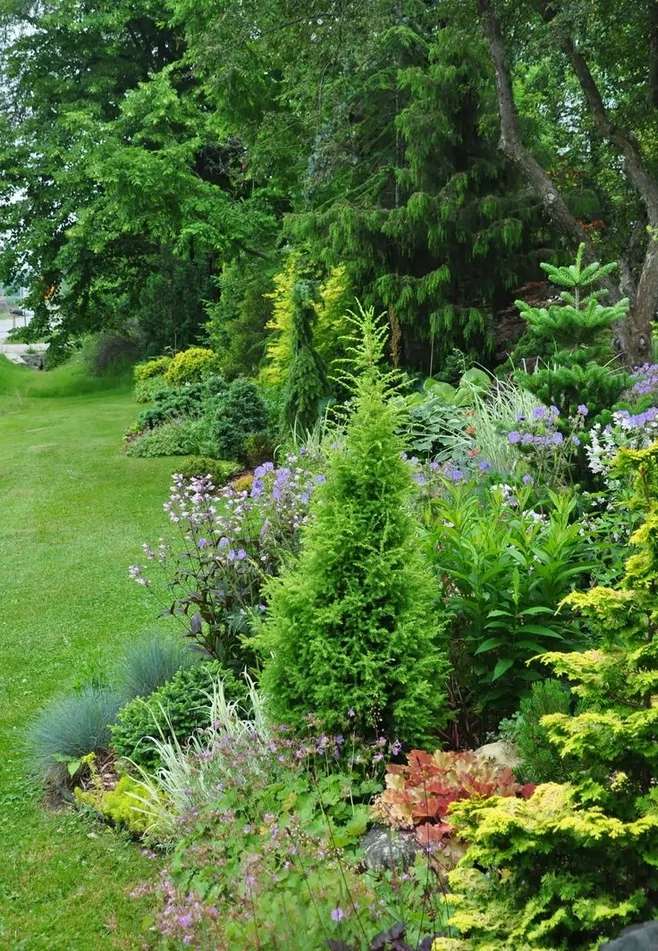
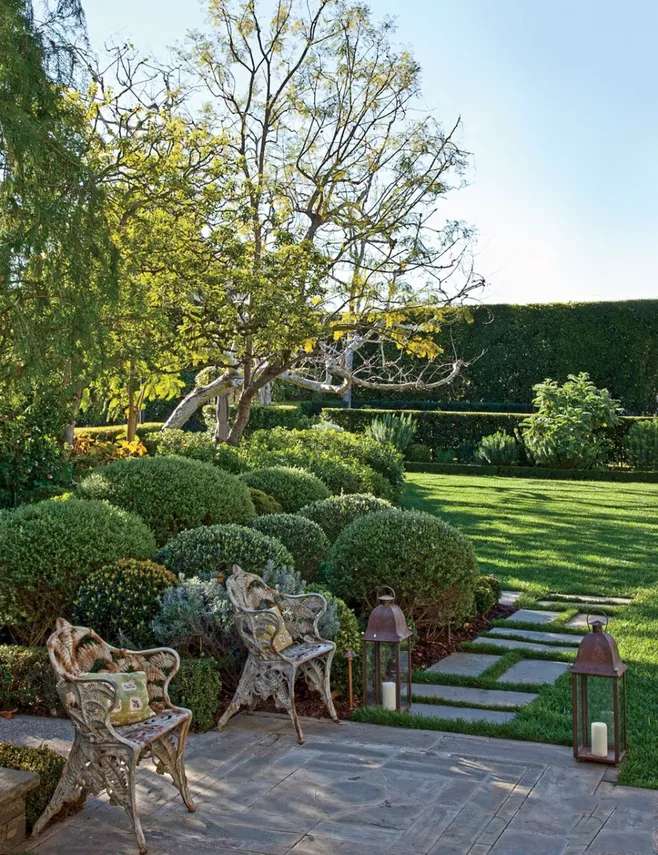
Choosing a theme can bring clarity and focus to the design. For example, edible gardens, ornamental gardens, orchards, etc. Personal taste and the way you plan to use the garden will directly affect the later results, but the space itself can provide clues about the best way. For example, flowers can be planted in sunny areas, and shady plants are mainly used in dark and humid places. At the same time, different color combinations will bring a different visual experience to the garden.
3. Use the lawn to divide the boundaries of the planting area

The edge of the lawn can help you plan clear boundaries and delimit areas for your garden. When you mow the lawn, it will also protect your borders.
4. Simplify the selection of plant varieties with similar colors
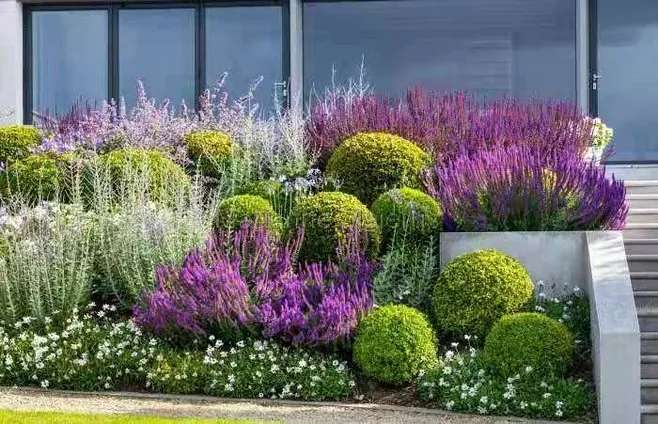
Avoid including all plants in the candidate list, because this kind of planting can seem chaotic and irregular. Try to choose flowers with similar tones as much as possible, and do not have more than 4 colors in the entire picture, which is more conducive to creating a sense of harmony and unity.
5. Multi-layer planting to get more details

The simplest way to express the arrangement of plants is to place them in layers. The boundary is first supported by walls or fences, tall bushes, trees, and bamboo. Place modeling balls, smaller shrubs, medium-sized perennials and ornamental grasses in the middle layer. There are dwarf shrubs, perennial grass flowers and ground cover plants in the front. However, please avoid the arrangement of planting a whole row of plants, which is too single.
6. Use the differences in plant leaves to match flower diameters
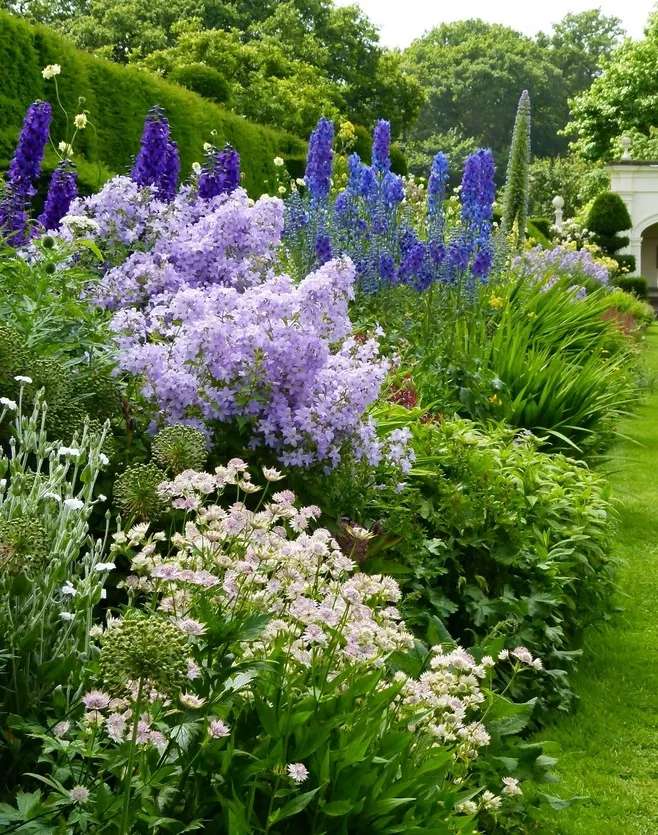
The shape of the plant is as important as the color of the flower, and because it has been around for longer (woody plants are available all year round), the shape contributes to the structure of the plant. Colors and textures will provide different visual effects.
7. Use bushes to increase volume
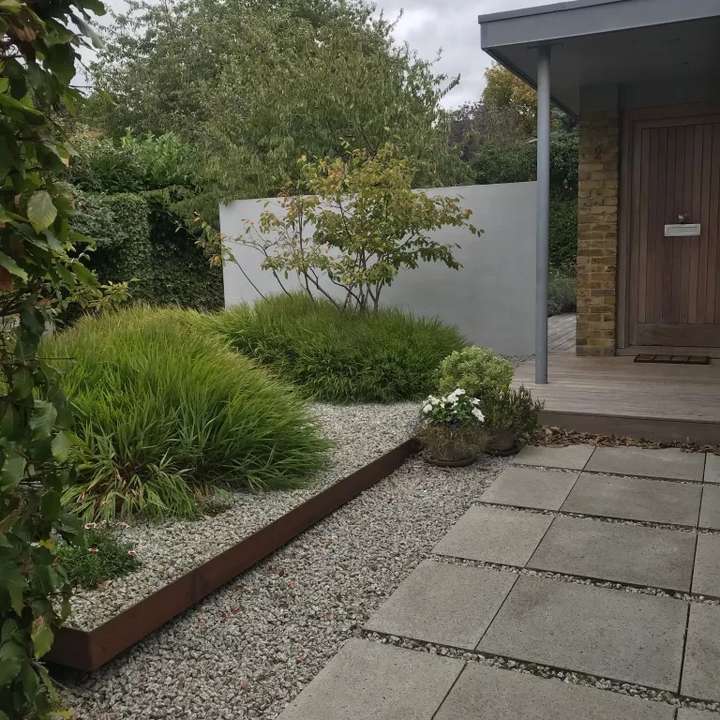
Bushes can provide you with year-round green, and bushes also occupy an important position in planting. The bushes in most mixed planting areas occupy at least 40% of the volume and are evenly distributed across the entire display shelf from right back to front. Evergreen plants with good morphology and leaf shape should be the first choice, especially in small spaces.
8. Vertical planes should be considered when planting
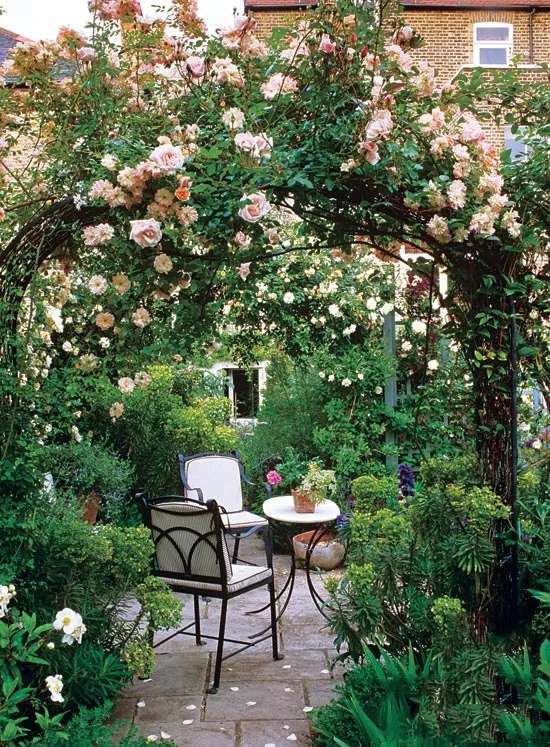
The decoration of high-level space is also very important in the entire courtyard. The advantages of courtyard porches, arches and walls can be used, combined with neat climbing plants, thereby extending the vertical space of the entire space. Rose and clematis with large flowers are a classic combination.
